
Campaign: Founder of Australia’s First National Gay Mag Reflects On 50 Years of Advocacy
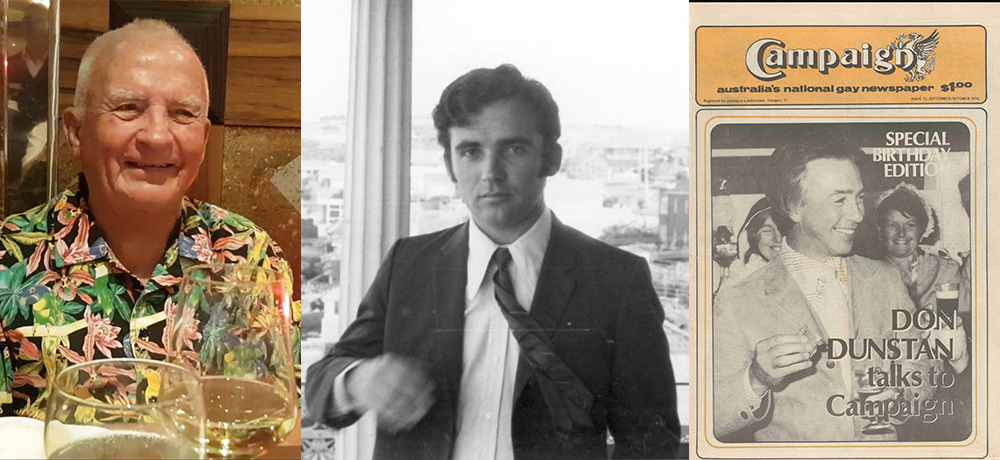
To honour and celebrate its 50th anniversary in September 2025, the trailblazing gay magazine Campaign is fondly remembered by its founder, Rod Stringer, as a vital lifeline for a community emerging from the shadows.
Born from the social scene of Sydney’s gay clubs, the idea for the publication came from a moment of inspiration. During a trip to the United States, Stringer met with the teams behind Los Angeles-based and nationally popular gay newspaper The Advocate and San Francisco’s Bay Area Reporter.
He returned to Australia invigorated by their models, which proved that a publication could be a profitable voice for the community, driven by classifieds and strong political stories.
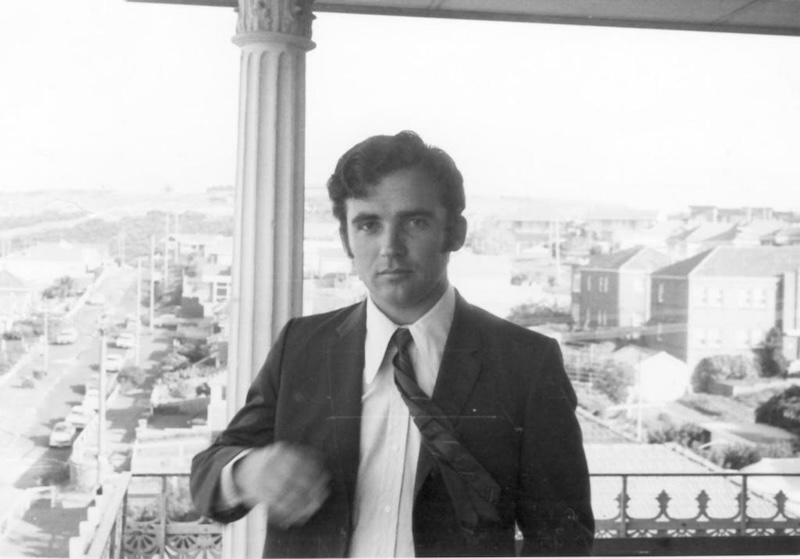
After Stringer moved his Potts Point gay nightclub to a three-level building on Kellett Street, the spare upper floor space became the birthplace of Campaign.
The publication was founded in September 1975 in partnership with Bill McElvey and Peter Langford, with its name deliberately chosen as a call to action to campaign for gay rights and advocacy in Australia.
The first issue was a modest 32-page, 1,000-copy run. It faced immediate challenges, including a lack of advertising from mainstream businesses, and distribution hurdles — many newsagents refused to stock it. Thankfully, the all-night newsstands proved to be a reliable outlet.
From the start, the financial reality was daunting. To raise funds for their fledgling idea, movie nights were held — but Campaign was largely supported by its personals, the demand for which was so high that they became the paper’s initial financial backbone. So much so, that Stringer recalls a time when staff members were literally paid with the thousands of one-dollar notes that came in from classified ad replies.
Initial sales were low, but the paper’s circulation soon grew, reaching a peak of 11,000 copies in 1978 — at this time, Campaign was already Australia’s most widely read gay magazine.
This success was largely due to its second editor, Clinton Kramer. A creative perfectionist, he single-handedly managed the layouts, typesetting, and writing, often sleeping under his desk to meet deadlines.
Stringer, as the publisher, had the difficult dual role of running both the paper and his latest Oxford Street nightclub, Patchs. He was responsible for handling the money — or, more accurately, finding it. He would oversee the editors and production, negotiating with distributors and desperately seeking advertisers. The club became the paper’s de facto bank, helping to support it financially. Stringer laughingly recalls a time when Campaign staff paycheques had to be cashed at the bar only after 11pm, with wages often paid in five-dollar notes because there was no money in the bank!
Like Campaign, Patchs helped people accept who they were, and helped them in their coming out. All the gay performers like Elton John, Danny La Rue and Peter Allen wanted to go there when they were here, as well as non-gay entertainers like Rod Stewart, who was in the audience of a packed-out stage performance by groundbreaking American comedienne Phyllis Diller.
Campaign was always able to secure interviews with incoming stars like Elton, The Bay City Rollers, Slade, Status Quo and other big bands because Ross Barlow, the marketing manager with Phonogram Records, was very supportive and always lined up interviews with recording artists.
A pivotal moment for the publication came with its interview of South Australian Premier Don Dunstan, marking the one-year anniversary of his state’s decriminalisation of homosexuality. The article caused a national sensation, sparking parliamentary debate and drawing immense media attention.
This controversy, while a minor storm for Dunstan, put Campaign on the national map with a huge amount of publicity. Stringer went on television – The Mike Walsh Show – to talk about it, and a few of the national broadcasters also ran stories.
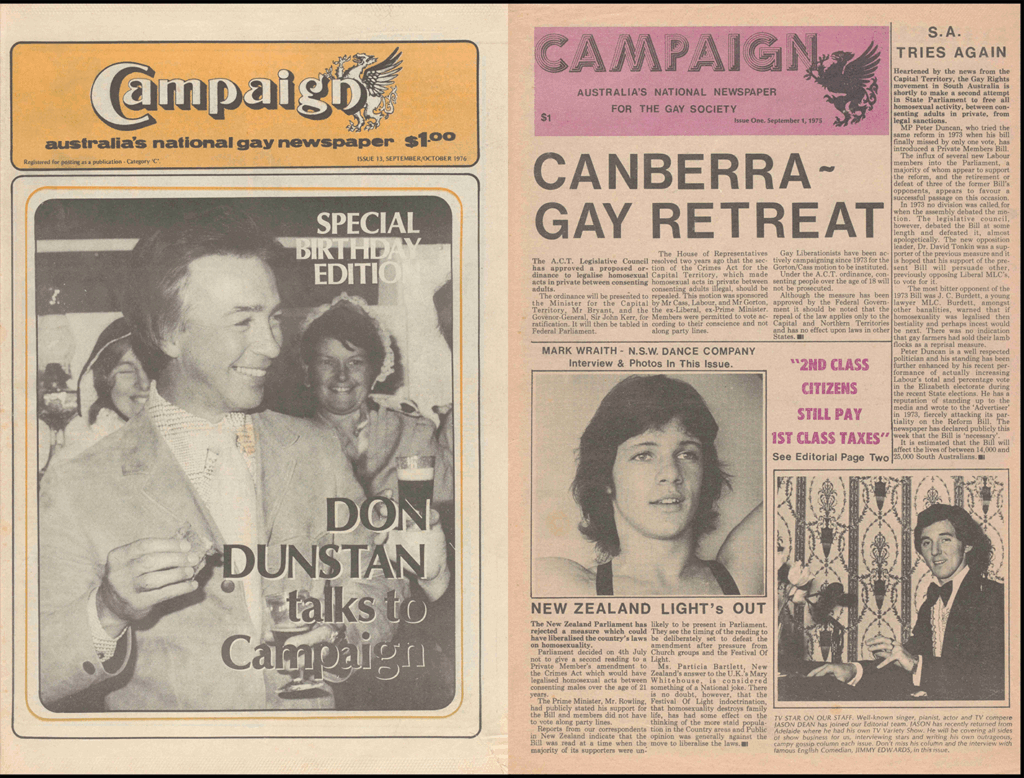
and Gender.
For Stringer, sending out subscriptions in plain brown envelopes felt like a “Christian mission”. The letters they received from isolated young people across the country confirmed the paper’s vital role — as a sole link to a community they had no other way of reaching.
Stringer’s journey extended well beyond the pages of Campaign, reflecting a lifelong dedication to the gay community’s acceptance and visibility.
Beginning his career in the practical worlds of accounting and finance, his entrepreneurial spirit truly blossomed as a nightclub owner and publisher. It was a role that served as a vital incubator for his most lasting passion: promoting gay tourism.
After leaving the nightclub scene, Stringer became a pioneer in the industry, owning and operating two gay and gay-friendly resorts – Tara B&B Country Retreat in Kangaroo Valley, NSW, and later Horizons Holiday Apartments on the Sunshine Coast in Queensland.
This transition led him to co-found Gay and Lesbian Tourism Australia (GALTA) in 1992, where he served as a director and president, advocating for the interests of gay and lesbian travellers.
Businesses being gay-friendly was widely seen as a commercial advantage in the tourism industry. His work earned him international recognition, including being the first Australian to receive a prestigious IGGY award in 1995 for his contributions to gay tourism.
Since 2018, he has supported third-year business students at the University of the Sunshine Coast who are interested in pursuing a career in tourism, with his annual Rod Stringer Tourism Scholarship.
From ensuring LGBTQIA+ people could find connection through Australia’s innovative gay magazine called Campaign half a century ago, to creating safe and welcoming spaces for them to travel today, Rod Stringer’s illustrious career is testament to his vision and relentless commitment to his beloved gay community.




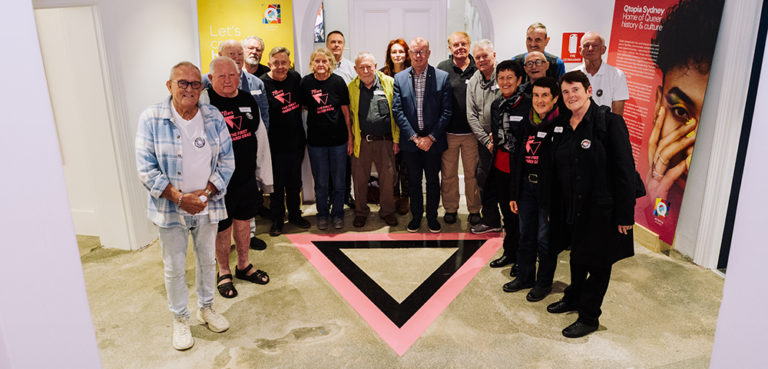
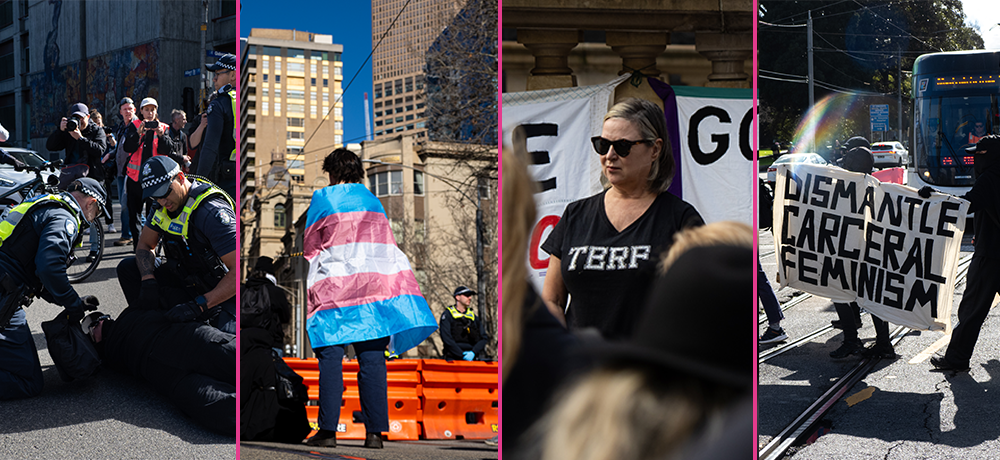





Leave a Reply